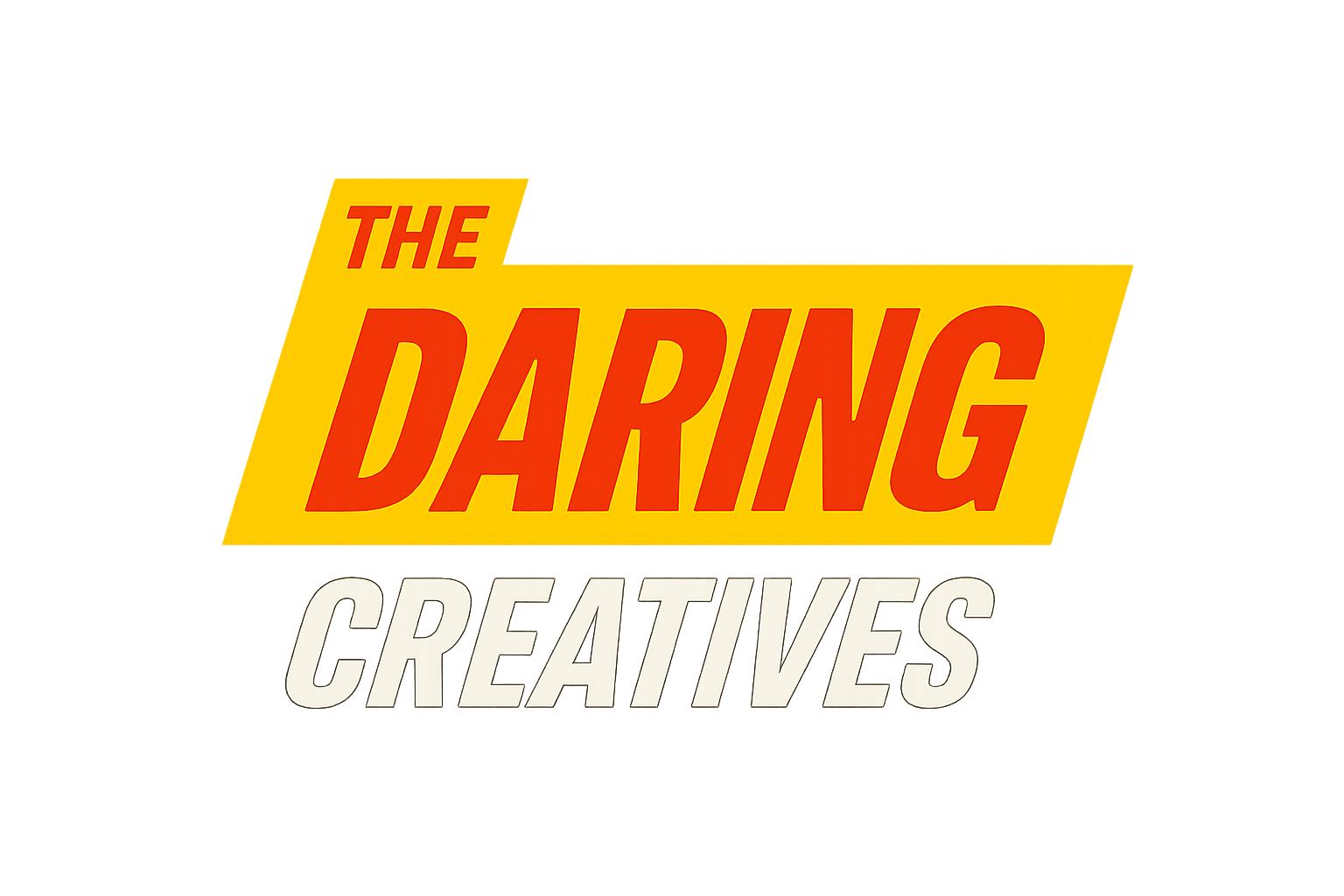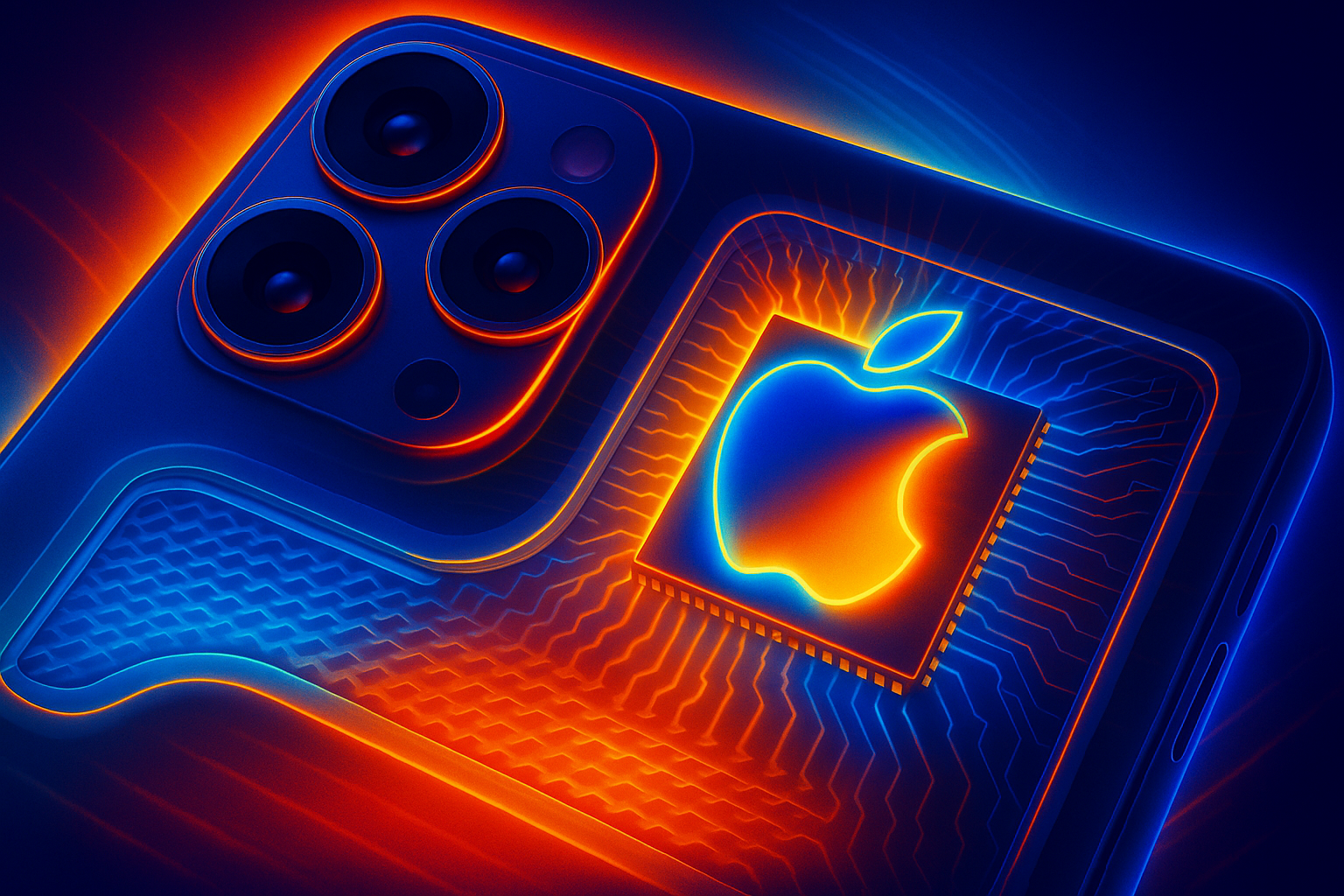A Game-Changing Release
I remain convinced the iPhone is the best tool we have for creativity, and today's release of the iPhone 17 just raises the stakes for what we can do. With its latest features, Apple has positioned the iPhone as not just a smartphone but a powerful creative companion. The introduction of the vapor chamber is a brilliant move. For those who don’t speak tech fluently, this means that the phone can handle intense AI workloads without overheating. When you’re deep in the creative zone, the last thing you want is your device slowing down or shutting off mid-brainstorm. This cooling system is like having an assistant that ensures you can keep working, no matter how heavy the lifting gets.
The second feature that caught my eye—and trust me, it was hard to miss—is the integration of neural accelerators into every GPU core of the phone. Now, I know what you’re thinking: “What on earth is a neural accelerator?” Simply put, it’s a specialized chip designed to handle specific tasks, in this case, matrix multiplication, which is foundational for running large language models (LLMs). Instead of relying solely on general-purpose GPUs that can sometimes lag under pressure, these neural accelerators are dedicated to making sure that your AI tasks run smoothly and efficiently. This is a big deal for creatives, especially those of us who thrive on bold conversations and innovative ideas that often require complex data processing.
Privacy Meets Performance
Let’s talk about privacy, a hot-button issue in our tech-driven world. Apple has always been a strong advocate for user privacy, and with the new capabilities of the iPhone 17, we’re seeing a clear commitment to keeping our creative processes secure. Running LLMs directly on our devices means that we can maintain control over our data. This is huge. For instance, if you're a writer brainstorming ideas or a marketer analyzing consumer behavior, being able to run these models locally means your insights stay private. This not only enhances your workflow but also lets you experiment freely without the fear of your data getting into the wrong hands.
Privacy and creativity go hand in hand. Think about it: when you know your work is secure, you can dive deeper into your creative exploration. There's an element of freedom that comes with being able to work without surveillance. The privacy aspect of the iPhone 17 Pro empowers creatives to push boundaries and explore ideas that might otherwise feel too risky. That’s what the creative revolution is all about—taking bold risks and having the support of technology that respects our boundaries.
The Bigger Picture for Creatives
So, what does all this mean for us as creatives? About a year ago, I switched my entire workflow over to the phone, using AI tools, and the idea I could run an LLM on my own device feels like a game changer. It’s not just about having cool new features; it’s about how these innovations drastically shift our creative capabilities. Imagine generating content, brainstorming ideas, or developing marketing strategies all from the palm of your hand without the need for expensive computers or cloud services. The iPhone 17 Pro opens up a world of possibilities.
But let’s keep it real: it depends on how this is implemented. For example, if it’s just Siri trying to be more helpful, I’m not super excited. I want to see powerful applications that allow us to harness the full potential of these neural accelerators and cooling systems. There’s a vast landscape of creative opportunities here, but it’s up to developers and users alike to explore and push these boundaries. The tools are in our hands, and they’re more powerful than ever.
As we move forward, I encourage you to think about how you can integrate these advancements into your creative workflow. Whether you’re a visual artist, a writer, or a marketer, think about the ways AI can assist you in your projects. What challenges can these tools help you overcome? The more we experiment with these capabilities, the more we can refine our processes and enhance our creative output.
So, here’s my challenge for you: take some time to explore the features of the iPhone 17 Pro. If you have access to one, play around with the AI tools it offers. Start small—maybe run a simple LLM for generating ideas or writing prompts. See how it feels to have such power at your fingertips. And if you don’t have the latest model yet, think about how you can adapt your current tools to get clearer on your message. The creative revolution is here, and it’s not just about new technology; it’s about how we choose to engage with that technology to tell our stories.
In this era of AI creativity, the possibilities are endless. Let’s embrace them together and see where they lead us. After all, creativity thrives on conversation, exploration, and a touch of risk—let’s take those bold steps forward. The future of creativity looks bright, and I’m excited to see what we’ll create next.


